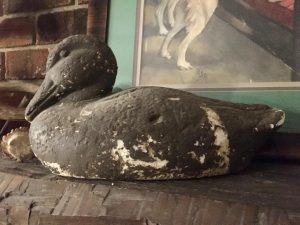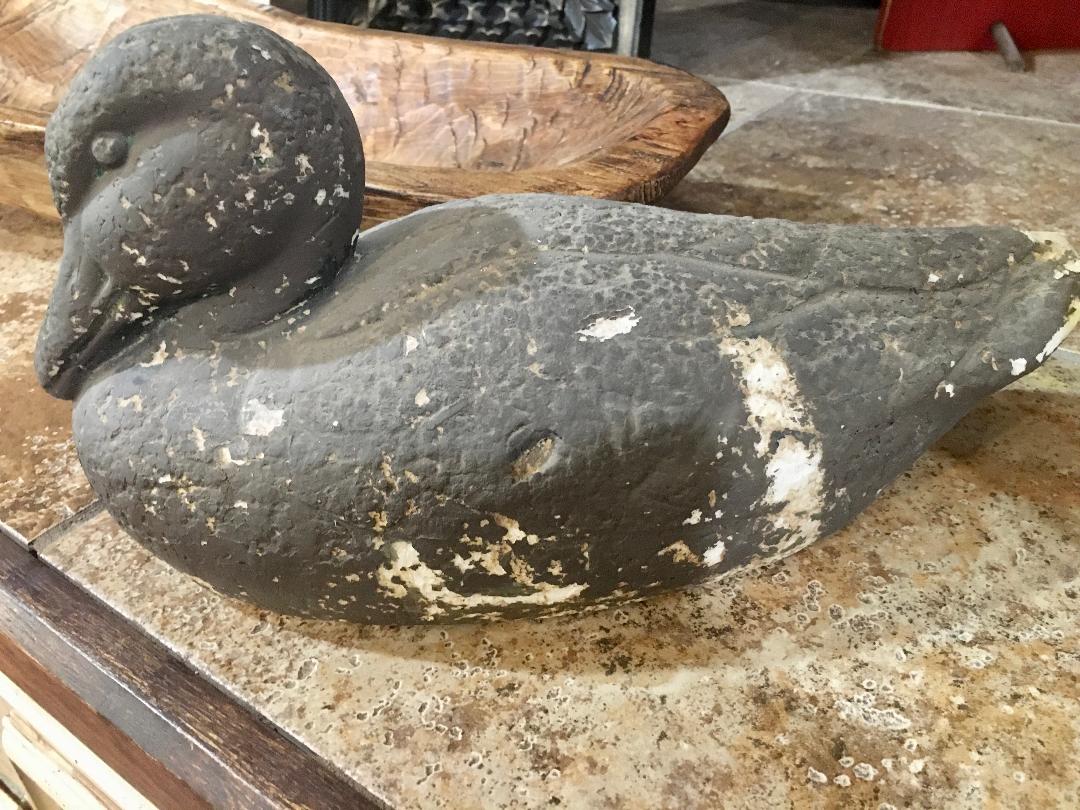By Taylor Wilson
“What do I need to do about the decoys?” is a constantly repeated conundrum among many waterfowlers.
This is understandable, of course, simply because there are so many layers to the onion.
A short list of the fake fowl factors includes brands, sizes, models, species, weights, lines, paint jobs, grouping, placement, numbers, etc., etc.
Now if you hunt the famed honey hole, well, you could probably throw some dead buzzards out in front of your blind and the ducks are still going to try to land on the famed X that marks the spot. (Don’t shoot buzzards/vultures, they’re protected by law.) But honestly, there aren’t that many X’s (places where ducks WANT to be day end, day out) and truth be known, even the best spots aren’t X-marks-THE-spots every darned day.
Can decoy considerations make a difference? You bet it can.
Now, I have hunted waterfowl all my life, and that’s getting closer to a half century of seasons spent in a duck blind. And the compilation of all that knowledge is akin to what Socrates (and Bill and Ted) supposedly once said, “The only true wisdom consists of knowing that you know nothing.” Nevertheless, I have seen some magical moments. I have seen when a slight change in decoy spreads has seemingly made the ducks work better. And with that in mind, I offer the following words to waterfowlers when the birds won’t work, and the decoy spread is in question:
- Think outside the (decoy) box and see yourself as a traffic controller: “What will it take to make it easier for the birds to land here?” The wind is the ‘fowler’s friend more than any other hunter. It gives life-like motion to decoys (put them where the wind can better move them), and it dictates the flight paths of waterfowl. The wind is both their brake and an accelerator. It is something you cannot control, but it is something you can measure, and determine where it, in relation to our decoys, will offer added advantages. They can go wherever they want, but if you make a route easier and more appealing, the chances are better they’ll take it.
- The jerk string is old, antiquated and not nearly as fashionable as Sitka waders, but…it still works, especially in a fix. (They are conveniently sold in kits these days. But a stout twine, a weight of some sort, and a bungy cord is all there is to it.)
- The alphabet has obviously given us untold patterns for decoys: the J, the O, the X, the U. All can work, but again, the wind is most often going to be the deciding factor for your pattern selection. A loose and scattered X pattern would seem to offer somewhat less necessity for needed change or rearrangement.
- Ever been in an awesome dove field? Ever notice how the field has points of entry and exit for the birds? Consider this too when duck hunting, especially in wooded, or tight quarters. There are going to be chutes, gaps in tree lines, and flight restrictions that can dictate flight paths, and perhaps where decoys should be placed to be visible and accessible from such locales.
- Family groups and multi-species decoys are good. I am sure some may disagree, but I have always noticed teal, more than any others, seem to especially target their own kind. Maybe it is because of the drastic size difference? I don’t know the explanation; I just believe that having a few teal decoys mixed about in a spread is a good idea. Teal are silly, erratic, and more; but I do know when we shoot them in big numbers, those left belly-up are often floating in the area where the teal decoys were stationed.
- A friend that conducted aerial surveys of waterfowl for decades, once told me black was the most visible color on the water. Black duck decoys, anyone? I think Wally World says black spray cans for $.99 each.
- Curse or praise motion decoys, they work and especially give you added opportunities on days when the wind dies. Being able to cut them off and on with remotes is a big plus. And sometimes “hiding” them, placing them in the trees or thick stuff, where the birds get a hint of them…seems to work better than full frontal blast. I suspect it works like this: “Is that a spin-wing, let me get a closer look.” I largely think the spin-wings fool the first-year trekkers down the flyway. Which may, like the deer harvest, be the bulk of what’s annually taken anyway.
- Have a drone with camera? Put it to work. See what the ducks see. The images may be eye-opening.
 The famed bottom line on fake ‘fowl is this: Don’t be too lazy to adjust your decoy spread if, especially if something doesn’t seem to be working. The best hunters I know, no matter the species, are those that are constantly tinkering and thinking. And I would never accuse a one of them of being lazy. Most of the time, birds in the Mid-South have been hunted since September and for thousands of miles. They have seen it all. Something different, may be a remedy. It may not. But not doing anything, when nothing is working, seems to me to be remarkably like giving up.
The famed bottom line on fake ‘fowl is this: Don’t be too lazy to adjust your decoy spread if, especially if something doesn’t seem to be working. The best hunters I know, no matter the species, are those that are constantly tinkering and thinking. And I would never accuse a one of them of being lazy. Most of the time, birds in the Mid-South have been hunted since September and for thousands of miles. They have seen it all. Something different, may be a remedy. It may not. But not doing anything, when nothing is working, seems to me to be remarkably like giving up.



